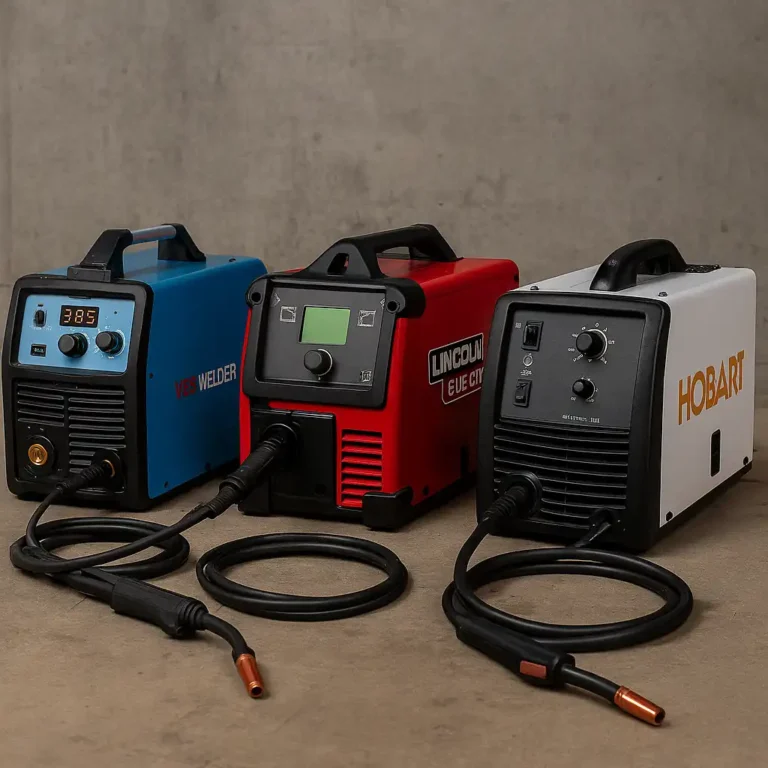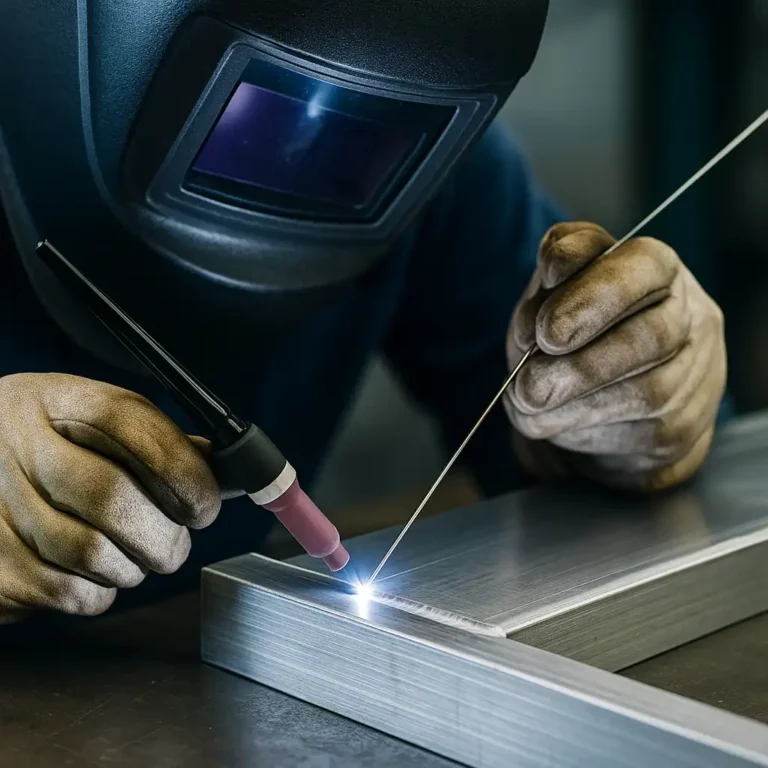How to Choose the Right Welding Machine for Your Projects

Getting the right welding machine isn’t just about price or brand—it’s about matching your gear to the kind of work you actually plan to do. Whether you’re repairing a metal gate in your backyard or building custom brackets in your garage, the right welder can save time, reduce frustration, and help you get better results from the start.
Let’s walk through what really matters when choosing your machine.
MIG, TIG, or Stick? Match the Method to the Job
Each welding method comes with its own strengths, and picking the right one will depend on what you’re working on.
MIG welding is a favorite for beginners and weekend welders. It’s clean, fast, and great for light to medium-duty jobs—like auto repair, furniture, or fencing. If you’re looking for a plug-and-play experience, MIG is a solid choice.
Stick welding holds its own in tougher conditions. It works well outdoors, even on rusty or dirty metal. That’s why it’s often used on farms, construction sites, and general maintenance work. It’s messier than MIG, but far more forgiving on prep.
TIG welding is all about precision. It’s ideal for clean, beautiful welds on stainless steel or aluminum. The tradeoff? A steeper learning curve and a slower process. Still, if your goal is control and finish, TIG is worth considering.
Power Source: What’s Available in Your Workspace?
Some welders need 220V outlets, while others can run off your standard 120V wall plug.
If you’re doing basic repairs or garage welding, a 120V model might be all you need. For more demanding work—like thicker steel or extended welds—you’ll want a 220V unit. Dual-voltage machines offer the flexibility to work wherever you go, and they’re becoming increasingly common in the mid-range price tier.
Features That Actually Make a Difference
You don’t need every bell and whistle. But some features do make life easier, especially when you’re still getting comfortable with the process.
For MIG:
- Auto wire-speed adjustment helps dial in cleaner welds.
- Digital readouts simplify setup and tracking.
For TIG:
- High-frequency (HF) or lift start reduces arc-strike frustration.
- Foot pedals or fingertip controls improve bead consistency.
Many hobbyists mention how preset settings and clear labeling help cut down mistakes, especially when bouncing between materials or techniques.
Budget Smarts: Where Quality Meets Value
Here’s a quick way to frame it:
- Under $300: Entry-level machines for light work. Look for decent reviews and stick with brands that offer support or parts.
- $400–800: These are your all-rounders. You’ll get better duty cycles, more power options, and usually dual-process support.
- $1,000 and up: Designed for serious hobbyists or pros. Expect higher precision, better durability, and features like multi-process modes or pulse control.
Weight, warranty, and customer service are also worth factoring in. According to user feedback from forums and video reviews, machines that balance power with portability tend to get the most long-term satisfaction.
Conclusion
Choosing a welding machine doesn’t have to be overwhelming. It comes down to three key things:
- The type of welding you’ll be doing
- The power setup you have
- What level of ease or control you’re looking for
Start with what makes sense for your current projects. MIG is great for most general repairs and fabrication. TIG is ideal for those seeking finer detail. Stick remains a reliable option for heavier, dirtier tasks.
Give yourself room to grow, but don’t overcomplicate it out of the gate. The right welder is the one that keeps you excited to strike that next arc.






